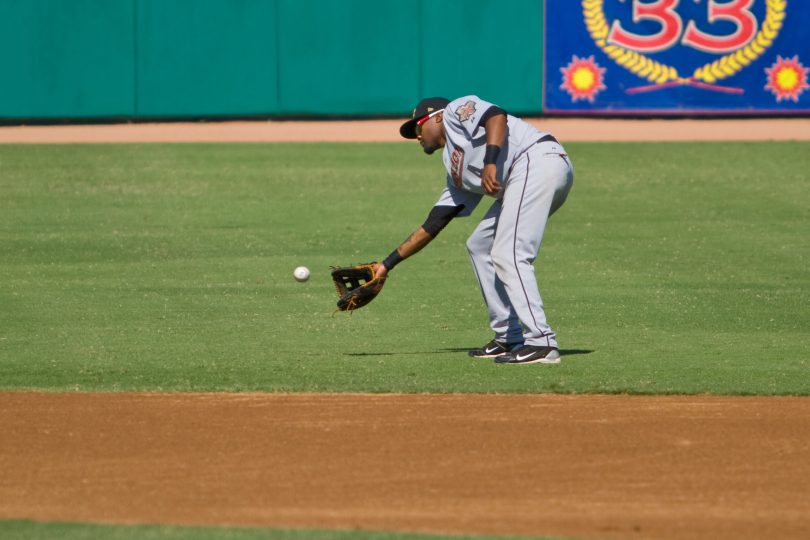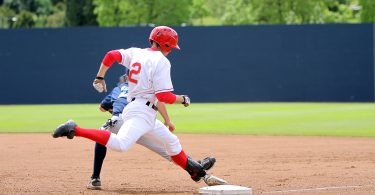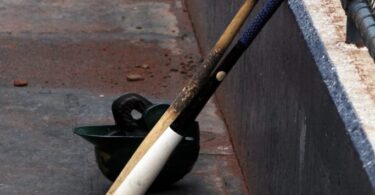By Ethan Guevin
If you have read the last two articles on improving your catch-play, this post may seem repetitive. If so, that should be a reminder of how important it is. If not, check out The Right Way to Play Catch that was posted two weeks ago. This will provide a helpful base for this week’s blog, where we take a look at how outfielders can improve their throwing routine. Try these four tips to improve your game without having to spend any extra time on the field.
Keep active feet. (We will steal this from last week, since it applies to outfielders as well) It’s really easy to get lazy when you are just playing catch. Keep your feet active and move to the ball so you are always in an athletic position. Try to catch the ball in the center of your body.
After you are somewhat loose, use the shorter throws to practice throwing as you would to get the ball back in to a cut off man on a base hit. This seemingly easy throw is often difficult for outfielders, who either throw it in too hard or lob it in too soft. Both these types of throws can lead to the hitter taking an extra base. Work on spinning the ball and throwing it in with the arm action of an infielder. These throws of 60-80 feet don’t require the full wind up.
As you move back, simulate speed pick-ups with a throw. Don’t wait until you are hit a groundball in a critical situation to work on transferring the ball from glove to throwing hand quickly. Start like you would when you pick up rolling ball and quickly bring glove to throwing hand, as if you were charging the ball and making a quick throw.
Work on your long hop throws. This is perhaps the most important throwing skill an outfielder can master. All outfield throws to bases or relay men should be a long hop or no hop. Instead of throwing rainbows when you move to long-toss, work on keeping your throws low and hard, using a long hop. Try to make the hop reach your partner thigh to belt high. It is okay to throw a ball with some loft to stretch your arm out, but you don’t want to make a habit of doing that on throws in a game. If you need to, place a marker 10-15 feet in front of your partner to remind yourself how far out front the ball should bounce.







